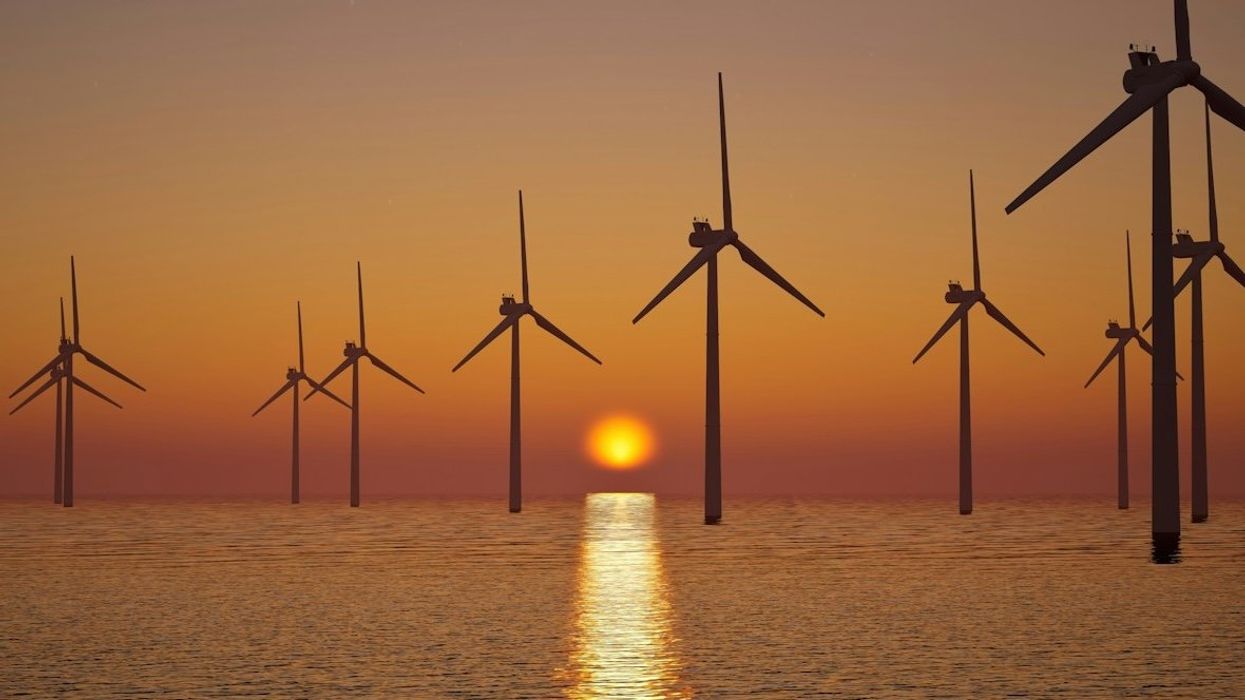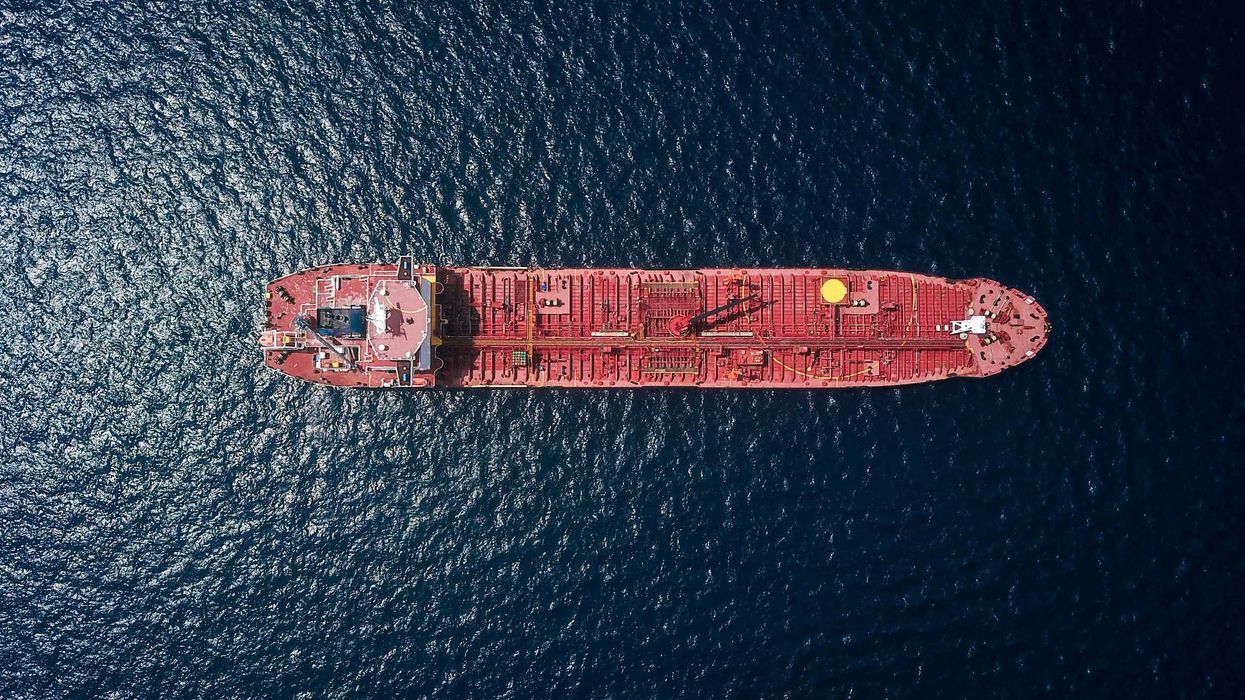Scientists have found that the glacier is melting at an alarming rate due to warm seawater intrusions.
Doyle Rice reports for USA Today.
In short:
- The Thwaites Glacier, also known as the "Doomsday Glacier," is experiencing significant melting, fueled by warm seawater.
- Thwaites' melting could lead to a 2-foot sea-level rise, potentially triggering further ice loss and a total rise of up to 10 feet.
- The study indicates the glacier is more susceptible to warming oceans than previously thought, necessitating updated sea-level rise projections.
Key quote:
"Thwaites is the most unstable place in the Antarctic and contains the equivalent of 60 centimeters (two feet) of sea-level rise."
— Christine Dow, University of Waterloo
Why this matters:
The accelerated melting of Thwaites Glacier poses a dire threat to coastal communities worldwide, highlighting the urgent need for climate action to mitigate further warming and sea-level rise. Read more: Scientists probe ancient history of the East Antarctic Ice Sheet and find unsettling news about sea level rise.














